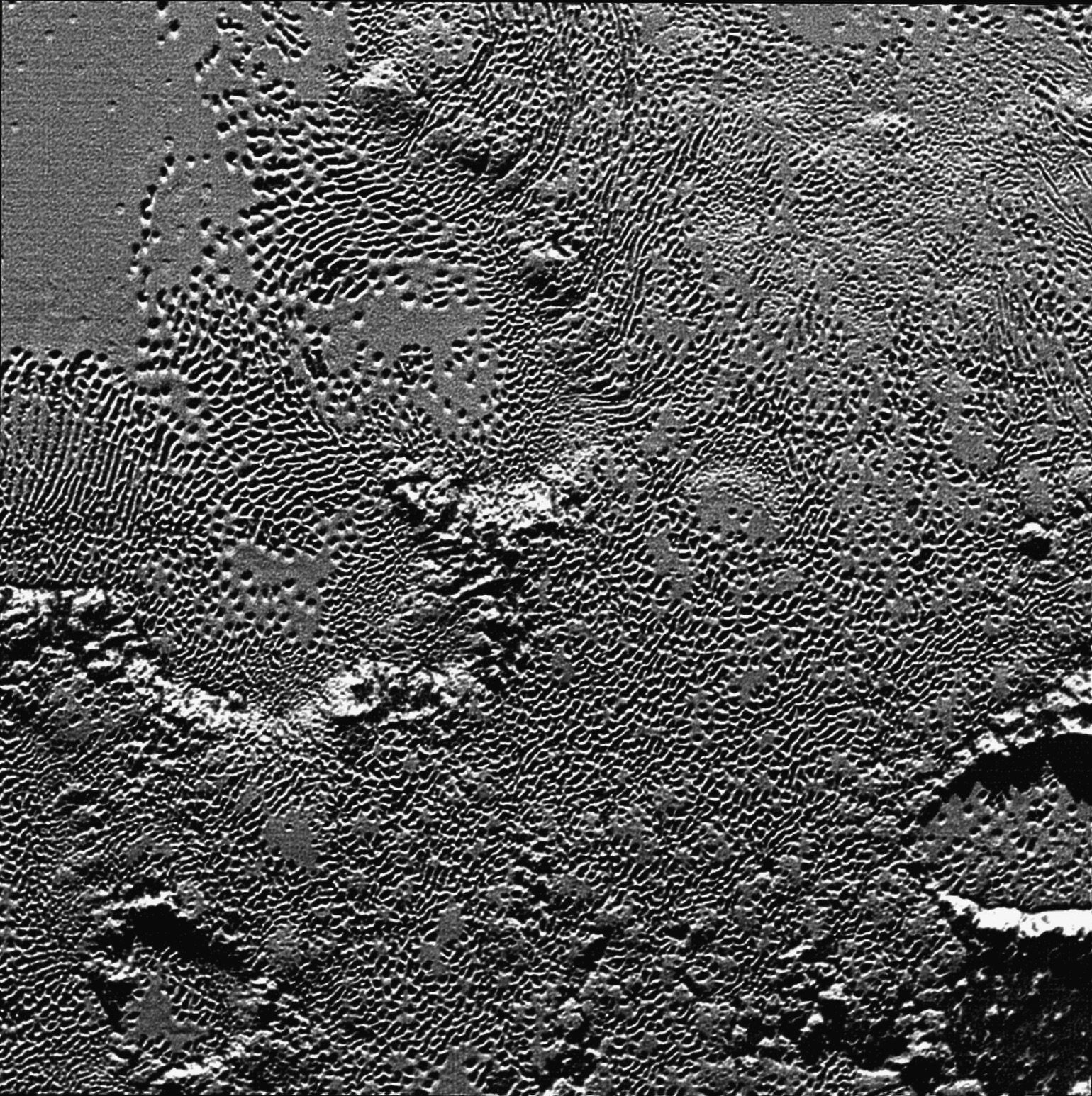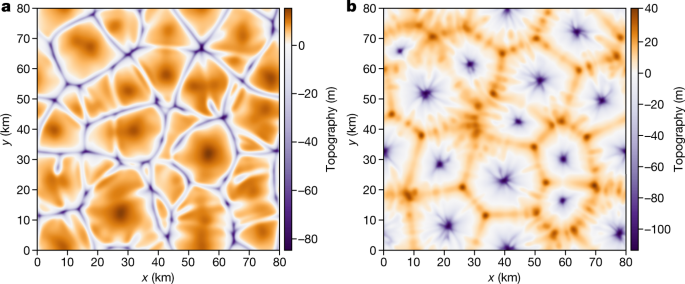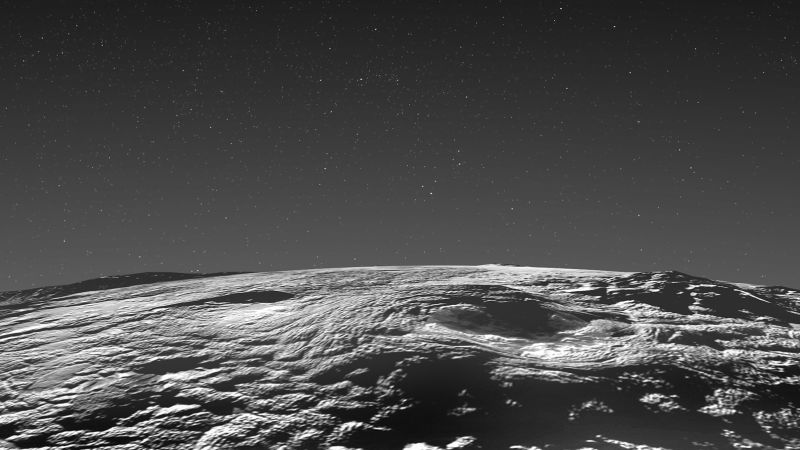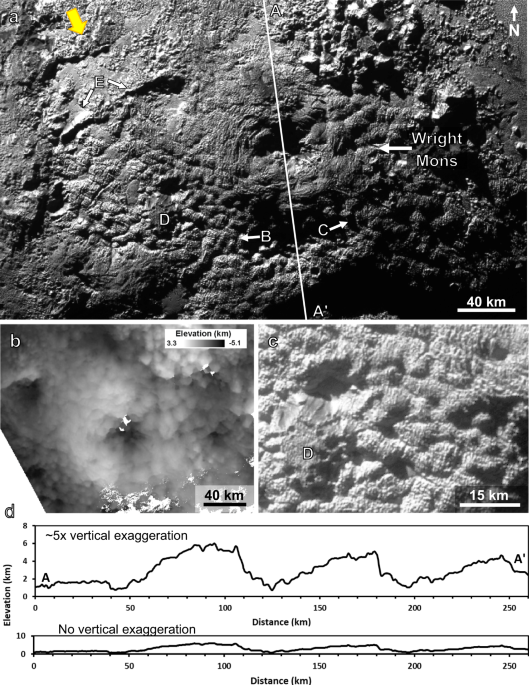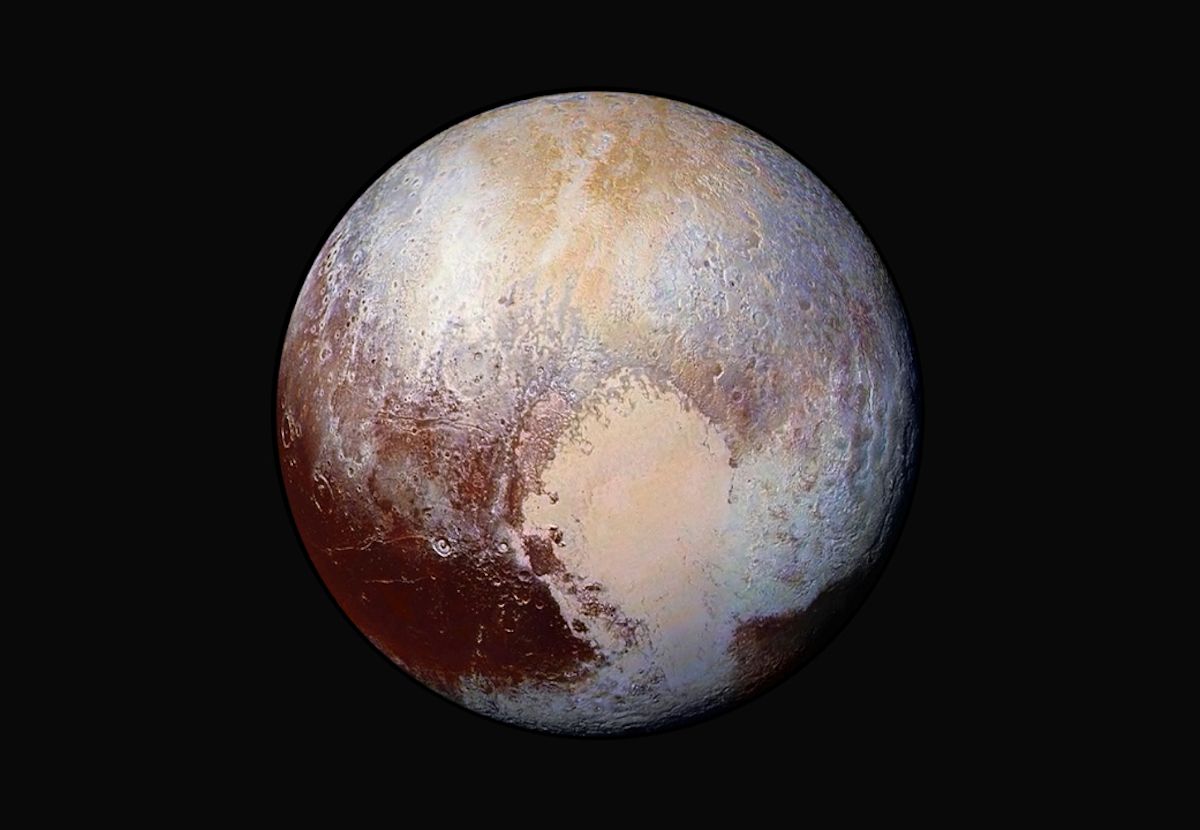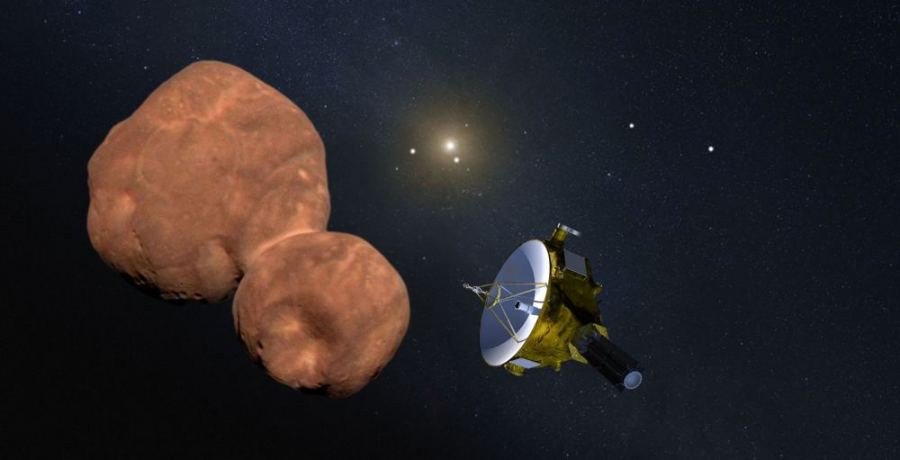The PI’s Perspective: Extending Exploration and Making Distant Discoveries
New Horizons remains healthy from its position deep in the Kuiper Belt, even as it speeds farther and farther from the Earth and Sun by about 300 million miles per year. The spacecraft is about 54 times farther from the Sun than Earth, which is about two billion miles farther out than our first science flyby target, Pluto, and about a billion miles farther out than Arrokoth, the Kuiper Belt object (KBO) New Horizons explored in 2019.
The distant position of NASA’s New Horizons spacecraft is shown here as of Aug. 22, 2022. Only NASA’s Voyager spacecraft are operating farther out from the Sun. The most distant operating spacecraft behind New Horizons is NASA’s Juno mission, which is orbiting Jupiter, more than 10 times closer to the Sun! (Credit: NASA/Johns Hopkins APL/Southwest Research Institute/Yanping Guo)
As planned, the spacecraft was put into hibernation mode on June 1, and will remain so until March 1, 2023. Hibernation saves fuel, wear and tear on spacecraft electronics; it also saves money, because less mission control and planning effort is needed to operate the spacecraft. But hibernation doesn’t mean a pause in science data collection. In fact, our Venetia Burney Student Dust Counter (called SDC) and both the PEPSSI and SWAP charged-particle plasma spectrometers are measuring the distant environment around the clock. This is truly unique and highly valuable data for understanding the space weathering environment of KBOs and Kuiper Belt dwarf planets, and also for understanding how the far reaches of the Sun’s heliosphere interface to the interstellar medium, or the environment beyond the Sun’s cocoon of space.
As a result of our successful proposal to NASA at the start of this year, on Oct. 1, New Horizons begins its second extended mission. This mission has two major components, namely:
Transmitting the remaining data from the Arrokoth encounter back to Earth, and;
Collecting, studying and archiving unique planetary science, astrophysical and heliospheric data.
This is the cover of the proposal the New Horizons project turned in to NASA in January to continue our scientific exploration. Work to carry out the goals of this effort starts in October. (Credit: Johns Hopkins APL/Southwest Research Institute)
In addition, we’ll be searching for new KBOs to study, or even to fly by if we can reach a target with our remaining fuel supply of about 11 kilograms (24 pounds). Those searches are continuing on two of the world’s largest telescopes – the Japanese Subaru telescope in Hawaii and the U.S. Gemini South telescope in Chile – and have collected exquisite data that our team is analyzing. The searches have been enhanced by some new machine learning data analysis tools, developed last year and refined this year, that increase the KBO detection rates considerably over what human scouring of the data has yielded in the past. Further boosting the Subaru effort is a more efficient sky filter that we provided for the telescope and will be pressed into service next year.
And by the time New Horizons emerges from hibernation at the beginning of March, we’ll be deep into planning observations of new, much more distant KBOs, as well as a look back at distant Uranus and Neptune to observe how these two “ice giant” planets reflect sunlight – which will tell us more about what drives their internal energy balance. We also plan to make the most extensive and sensitive studies of the cosmological visible light and ultraviolet light backgrounds ever made; such measurements constrain origin theories of the universe while shedding new light on the total number of galaxies in the universe.
Still next year, New Horizons will continue to make round-the-clock distant Kuiper Belt and heliosphere dust and charged particle and plasma spectrometer measurements, and will be creating the first all-sky ultraviolet maps of the heliosphere from distances where the obscuring fog of light from the solar system is largely behind us. And if that weren’t enough, those and other ultraviolet maps New Horizons will collect will also be used to study clouds and other structures in the gas of the very local interstellar medium – that is, the space between the nearest stars to the Sun.
The unique aspect and common thread to all of these scientific observations is they can only be made by a spacecraft many billions of miles from the Sun, like New Horizons. The legendary Voyager spacecraft, though farther out than New Horizons, don’t have the capabilities to conduct these observations. So among all the operating space missions, only New Horizons can collect this kind of data and yield these kinds of insights into our solar system, its distant environment, our part of the Milky Way galaxy and the universe beyond. The entire New Horizons team is very proud of that!
Before I close out this update, I want to say a special goodbye to Dr. Cathy Olkin, an incredibly valuable, hard-working and longtime member of the New Horizons team who has transitioned her career from planetary science to Earth studies, and to welcome to Dr. Pontus Brandt to our team. Over the next year, Pontus will be in training to take over the role of lead project scientist from our retiring project scientist, Dr. Hal Weaver.
While Pontus trains, Dr. Kelsi Singer, formerly one of our deputy project scientists, will serve as interim project scientist. Once Pontus assumes that role late in 2023, Kelsi will step up to become my deputy – the first New Horizons deputy principal investigator. A big salute and thanks from me to all five of these incredible scientists who have played such key roles in making New Horizons so successful!
Finally, I just want to thank the entire New Horizons science team for its incredible work over the past 18 months to step up our scientific data analysis and publication rate. The team’s efforts led to a steep increase in scientific research results publications, from a recent average of about 25 per year, to more than 65 publications in 2021 alone!
Recently published discoveries from New Horizons have run the gamut across astrophysics, heliophysics and planetary science. This image is one of many geophysical data products resulting from New Horizons’ 2019 flight past Arrokoth, the first and (so far) only Kuiper Belt object explored by spacecraft, It shows surface slopes on Arrokoth derived from New Horizons stereo imagery, and illustrates one important aspect to understanding both the origin and the geological evolution of Arrokoth. The image is from a paper led by James Tuttle Keane in the June 2022 issue of Journal of Geophysical Research (JGR) Planets.
As you can see, the New Horizons team has been hard at work making and planning for discoveries, with NASA’s only spacecraft in both the Kuiper Belt and the outer heliosphere.
And that’s my latest report to you. I’ll write again once later this year. In the meantime, I hope you’ll always keep exploring – just as we do!
–Alan Stern
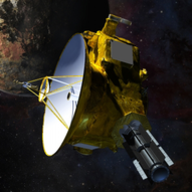
pluto.jhuapl.edu



